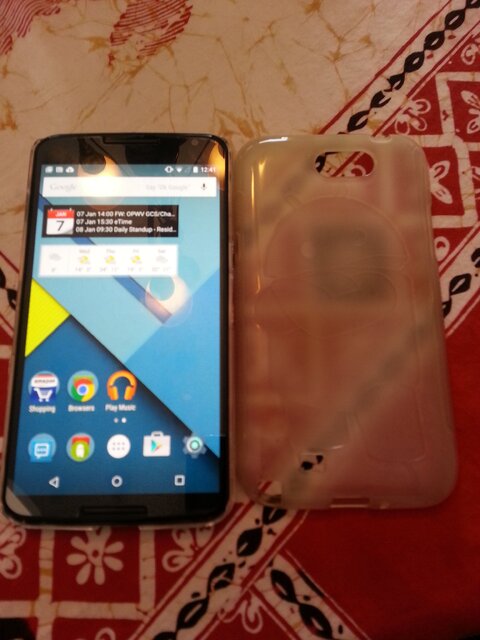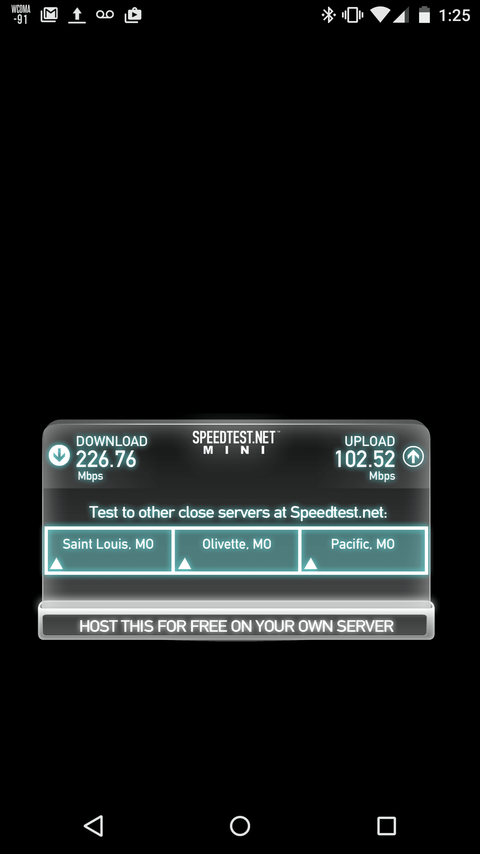OK that makes sense now, yeah same with the One Plus One. Verizon still won't activate one yet.
There's a hack to make this work. You put a nano-SIM into another phone that's in the Verizon whitelist, then you provision that SIM to the number you want. Then you take the SIM and put it into the Nexus 6. I didn't want to do that dance. You can also manually (or with a SIM cutter) cut down a Micro-SIM to Nano-SIM size. I could have done that with my Note 2 SIM, but again, I didn't want to do that dance.
My phone is also my work support phone, so I can't have a situation where Verizon decides to cut off service because my device isn't whitelisted. So I went to a more enlighted provider ;-)
So far, no calls so I can't speak to call quality, bu tspeed on T-Mobile's network is great. It's my understanding that T-Mobile doesn't have coverage that is as solid in rural areas as ATT and Verizon have. This is anecdotal evidence from a couple of my co-workers. I don't have first hand experience as I haven't taken any road trips yet.
I'm still working on a comfortable grip for one handed use. For 2 handed use it's easy.
The only criticism is the back is a little slick, but sadly so is the case I have chosen. It's a Spigen clear case, that's very thin. I think they call it Ultra slim. It adds practically zero bulk to the case.
I have not historically been an annual upgrader -- two years is enough of a difference to make me want to upgrade.
Here's my display resolution journey with android phones:
HTC EVO WVGA/800x480/386,400 pixels
Motorola Photon WQHD/960x540/518,400 pixels
Samsung Note 2 WXGQ/1280x800/1,024,000 pixels
Motorola Nexus 6 QHD/2560x1440/3,686,400 pixels
It's a remarkable display and I'm in the "pixels, what pixels?" phase. That's been true with every upgrade, I'm always shocked by the pixel upgrade (in a good way).






